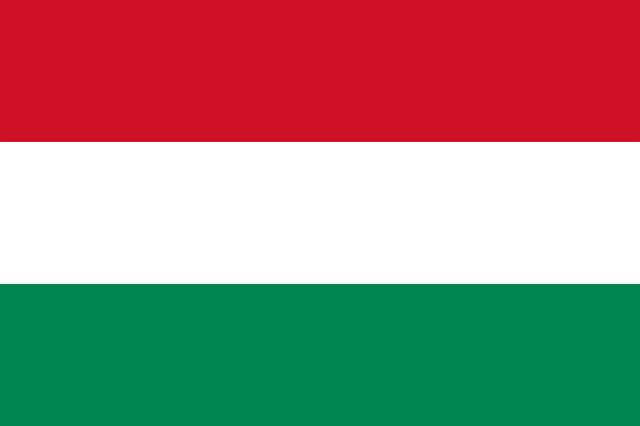
Senegal Independence Day: A Historical Journey from Colonial Rule to SovereigntyThe sun rises over Dakar on April 4th, casting golden light on the bustling markets and vibrant streets as Senegal prepares to celebrate Independence Day – the anniversary of its liberation from French...

